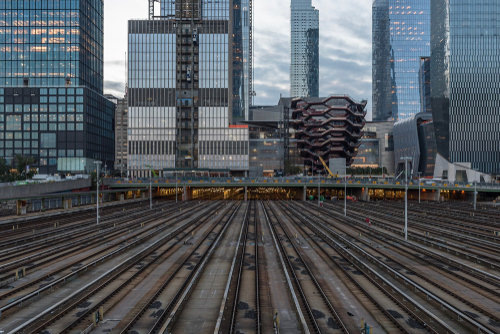
Construction costs for the Hudson Tunnel Project have gone up, officials said, and the reason is environmental review delays.
The Gateway Program Development Corporation, the company that oversees the project, announced Monday in an updated financial plan that construction costs for the project have gone up by $275 million. The new plan has been submitted to the Federal Transit Administration (FTA) as part of its annual call for projects in the Capital Investment Grant (CIG) program.
The increase is due to delays in starting construction, which cannot begin until the project receives its Final Environmental Impact Statement (FEIS) and a Record of Decision from the federal government.
The tunnel project includes the construction of a two-track rail tunnel beneath the Hudson River, rehabilitation of the 109-year-old North River Tunnel, and the completion of a section of the Hudson Yards Concrete Casing.
The 2020 financial plan includes a commitment from New York, New Jersey, and the Port Authority of New York and New Jersey of $5.55 billion, as well as a commitment of nearly $1.3 billion from Amtrak.
The new estimated cost of construction was $11.6 billion, including $9.8 billion for the new tunnel and $1.8 billion for the old tunnel’s rehabilitation. Officials are only requesting $5.5 billion in FTA CIG program funds, which is $1 billion less than they asked for in 2018.
“All of our partners, the two states, the Port Authority and Amtrak, remain fully committed to getting a new Hudson Tunnel built and rehabilitating the existing nearly 110-year-old tubes,” said Steven M. Cohen, New York Trustee and Chair of the Gateway Program Development Corporation. “Together, their funding commitments more than qualify the Project for an improved financial plan rating from FTA. Now we need a Federal Administration that works with us. With the COVID pandemic, the Project has only taken on even more urgency as the nation looks to bring back jobs and stimulate the economy, essential workers need reliable transportation in the short term, and the region and nation need 21st-century rail transportation to build better infrastructure for the long term.”
Officials said the project is estimated to add over 72,000 jobs and $19 billion in economic activity, including an average of $85 million per month in direct spending on materials and labor.